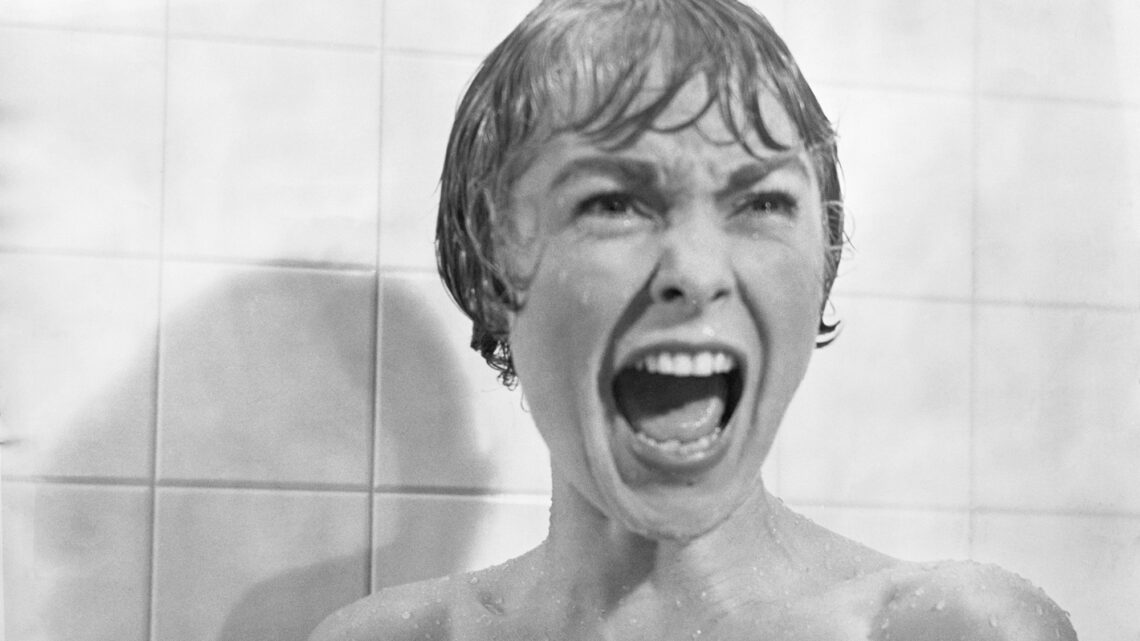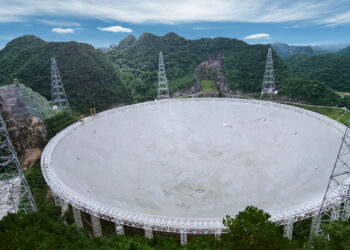A horror film’s final surviving protagonist creeps through a dark house at night, one hand over their mouth to stifle the sound of their own breathing. They are visibly panicked as they attempt to navigate in the dark and escape the fate that befell the masked slasher’s numerous victims. But it’s a scene that you, the viewer, know all too well. At this point, you feel confidently prepared for the inevitable, maybe even lazy, “jump scare” about to take place on screen.
The killer leaps from a closet, hatchet in hand, as the actor shrieks in time an overly loud burst of music. The audience around you in the theater matches their scream, even as you don’t feel any need to join them. But you still feel that uncomfortable tightening in your chest as the hair on your arms tingle. You even startled in your seat, spilling popcorn onto the sticky floor as your friends commence giggling at you.
The jump scare has gotten the best of you. Again. But don’t feel bad—it’s not your fault. It’s just evolution.
“When we think of some of our spooky sounds, especially in movies… we’re usually thinking first of sounds that are predictable—what’s in our environment, or what’s going on in a movie or show,” says Natalie Calderon Moultrie, an audiologist from Los Angeles. “All of a sudden, if there’s a loud or slightly higher frequency sound, an innate response in us will say, ‘Hey, something’s out of sorts. Pay attention to it. Something isn’t right.’” The jump scare can harness many different auditory or visual tricks, but one of the simplest, most effective ways to take advantage of your instincts is the use of “nonlinear noise.”
“An easy way to think about [nonlinear noise] is it’s an abrupt change in sound,” Moultrie says. “It’s usually going to be something that’s high in amplitude and at a significantly greater volume compared to everything else that’s going on that will cause that distress…
Read the full article here





